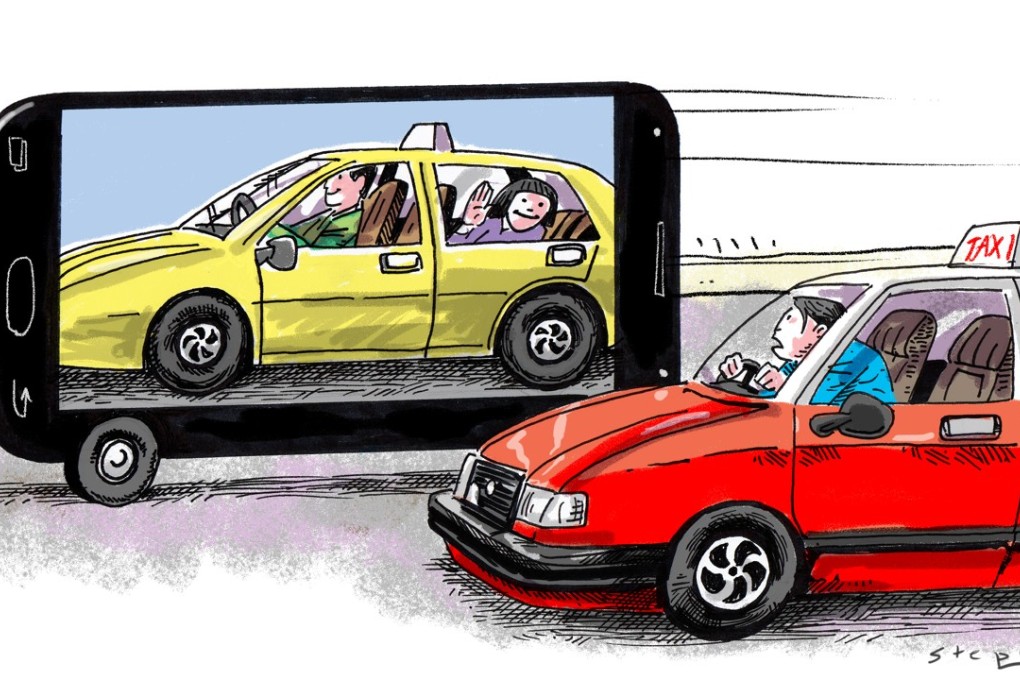Hong Kong’s taxi trade must face up to competition and technology, through gradual change to the industry
Gilly Wong says the taxi industry’s objections to the Consumer Council’s proposal to liberalise the market progressively do not stand up to scrutiny. Modest changes must be introduced not only to increase consumer choice, but also to raise service quality

The need for taxi service improvements has reached a critical point, requiring an urgent solution. The council’s proposal to introduce competition into the pre-booked service segment will help kick-start the momentum for improvement. This will help Hong Kong’s taxi sector meet the challenges of a new age of innovative technology.
Taxi groups threaten to sue Hong Kong if it allows ride-hailing services
Those in the traditional taxi industry who oppose the proposal say opening up the market to e-hailing services is unfair. Currently, drivers with three years of experience have to go through a process of testing and certification before they could qualify as taxi drivers. The council’s proposal that drivers for e-hailing services need only three years of experience, without similar test requirements, was, in their opinion, much too lax.
But the council also recommends that all e-hailing drivers undergo background security checks, have the necessary language skills and are sufficiently healthy before they are considered suitable candidates. This will act as an additional safeguard for passenger safety.
As technology advances, we must all face up to the emerging challenges
In terms of fare charges, the industry questions why, while taxi fares are bound by the meter, e-hailing services are not subject to any fare control and are free to set their own fare according to the road conditions and rush-hour periods. As taxis – whether traditional operators or the e-hailing kind – are part of the public transport system, it is only natural that their fares should be regulated. Indeed, e-hailing taxi services in different territories are subject to fare controls of one kind or another.